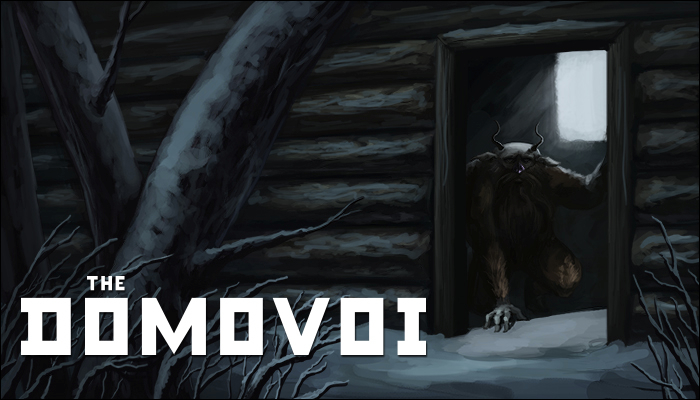National Novel Writing Month, also known as NaNoWriMo, starts November 1st and challenges writers of all levels to write a 50,000 word novel before the end of the month. It’s quite an endeavor, to be sure, but many of us simply don’t have the time to devote to such an undertaking or would take as long to develop a suitable idea to stretch across that many words. Thanks to Twine, that’s not a problem, though. Instead of writing a full-fledged novel, you can combine your love for video games with your creativity and create a unique, interactive story all your own.
What is Twine?
Twine is a unique, HTML based platform that allows you to create your own interactive, choose-your-own-adventure type games. Absolutely no programming knowledge is required, though it can help add some extra flair to your game. Otherwise, Twine places no limits on you or your game, save that you must title the first page “Start.” In short, if you can put together a PowerPoint slide, you can build a game in Twine.

Image via CCTVCambridge
Everything is saved in an HTML folder and can become its own webpage upon completion, streamlining the process of publishing your game and making it available to a wide audience of interested players. You can also customize it however fits best with the story you want to tell, adding music, sound effects, images, and GIFs, among other things. If this still sounds intimidating, there’s a handy little guide, complete with visual examples, to help get you started here.
That’s Great, But What Can I Do?
You can make essentially anything with Twine, whatever story you may want to tell. Is there a pressing issue on your mind that you want to explore? Build your game around it. Have an idea for something lighthearted and fun you want to share with the world? That works too. It can be as heavy and symbolic as you want.
Making your Readers Think
The Uncle Who Works for Nintendo is one well-known example of such a Twine game, created by Michael Lutz; you may know of him from his previous game My Father’s Long, Long Legs. Lutz uses storytelling to try and present complex or controversial issues via somewhat paradoxical methods, methods that force the player to engage with the ideas, but subtly, and then to reconsider them from different angles through attaining the many different endings.
Of course, as with all writing, authorial intent is only part of the story, and Lutz’s work is a good example of this as well. He originally wanted to highlight the potential dangers present in gaming culture that held the ability to wreck individual relationships. Yet, as with Long, Long Legs, each user found something different in the story, ranging from darker things like child abuse to the way people interact with each other in general. The way individuals interpret and interact with your material means the one story you start with can become as many different stories as there are people who read it.
Giving Your Readers a Voice
Naturally, you’re not limited to social commentary. Brave Mule’s The Domovoi is a particularly compelling example of the power of storytelling simply as a social and cultural act and perfectly illustrates the interactive nature of it. It draws heavily on Slavic folklore, focusing on the titular (plural) domovoi and their interactions with the owners of their home.
You might know a domovoy (singular) better as a brownie, or for an even better known example, think of it like a house-elf, one with the potential to be as good as Dobby or as terrible as Kreacher. Your task in the game is to advise the storyteller how best to tell the tale they have to tell via the different options you can pick to advance it, directly involving you in the story’s creation in a fantastic way that mirrors just how such stories have evolved over time.
Your Materials
You could spend hours searching through Twine to find other inspiration, and it certainly doesn’t have to be profound. But there are two main points these two games illustrate. Anything can be an effective story, whether it be an old urban myth from the ’90s or a story about the gremlin you encountered on the way to the grocery store. And you’re creating it as much for yourself as for your readers, so make sure to engage them too in one form or another. Game elements such as branching paths and multiple endings are perfect ways to develop your own story and encourage players to return to it and interact with it as much as possible. Things like images and sound might help create a particularly evocative atmosphere, but then again, you might find that a minimalist approach works best for conveying your ideas.
What’s in It for Me?
Either way, there are more benefits to this kind of writing—or writing in general—then simply sharing a story. A recent study examined short and long-term mood and general performance in people writing three different types of content—about a traumatic event, about their goals, and something completely unemotional. Initially, the results showed the traumatic group experienced greater emotional distress (no surprises there), but over a period of a several months, the trauma group and the goals group showed substantial benefits in their overall well-being and productivity compared to the other group. So in other words, writing about a topic that means something to you, even if it is something fun, helps improve all areas of your life.
It doesn’t hurt the brain any, either. Several studies show that different areas of the brain are prone to light up throughout the entire writing process, along with different groups of neurotransmitters becoming more active. The latter is especially good, since those transmitters help create new neuropathways in your brain, which ensures you stay sharper for longer.
The End
Making a Twine game is more than combining your two great loves–creativity and video games. It’s a way to reach deeper into yourself and connect with the world around you using video games as your medium. And thrown into the bargain, you get the happy benefit of a stronger, brighter mind. What’s there to lose? If you’re interested in seeing what other users have created through Twine, you can check out some of the top-rated Twine games on Itch.io here.
The world is waiting…Go tell your story!











Published: Oct 21, 2017 03:36 pm